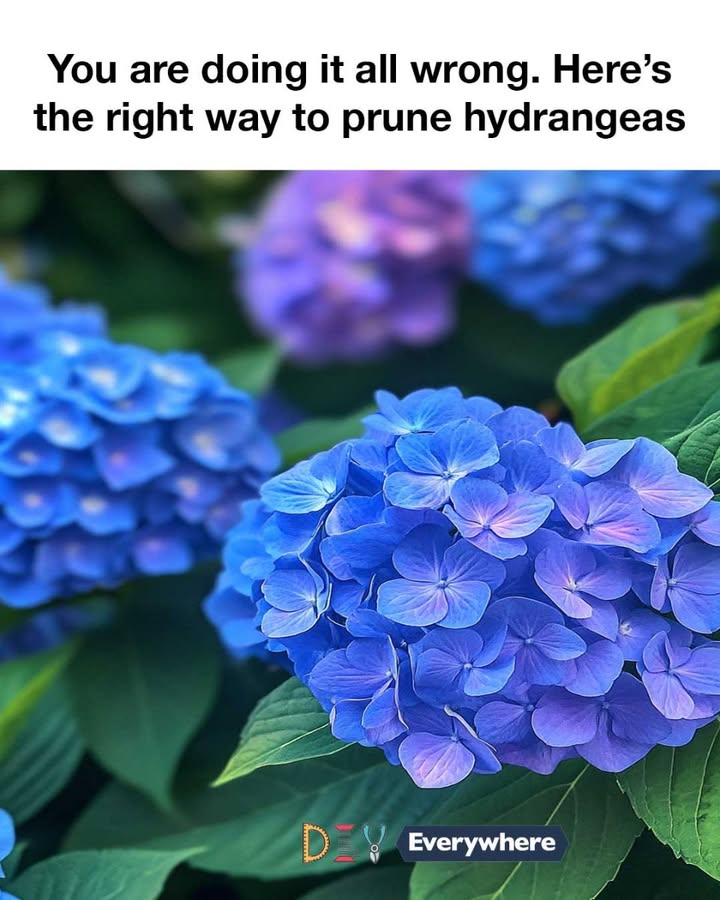Step-by-Step Guide to Pruning Panicle Hydrangeas
Panicle hydrangeas bloom on new wood, which means they can be pruned in late winter or early spring before new growth begins. Start by removing any dead or damaged wood. Then, cut back the remaining stems to about one-third of their length. This encourages strong new growth and larger flower clusters. Panicle hydrangeas are quite forgiving, so don’t be afraid to prune them back hard if needed to maintain the desired size and shape.
Step-by-Step Guide to Pruning Smooth Hydrangeas
Smooth hydrangeas also bloom on new wood, so they should be pruned in late winter or early spring. Cut back the stems to about 12-18 inches from the ground. This encourages vigorous new growth and results in larger blooms. If the plant is well-established, you can also remove some of the oldest stems at the base to rejuvenate the plant and improve its overall structure.
How to Remove Dead Wood Effectively
Removing dead wood is a crucial part of pruning any hydrangea. Dead wood can be identified by its brittle texture and lack of green tissue when scratched. Use sharp, clean pruning shears to cut dead stems back to the base of the plant or to a point where healthy growth begins. This not only improves the plant’s appearance but also reduces the risk of disease and pest infestations.
Cutting Back to Healthy Buds
When pruning hydrangeas, it’s important to cut back to a pair of healthy buds. These are typically plump and green, indicating they are alive and capable of producing new growth. Make your cuts at a slight angle just above the buds to prevent water from collecting on the cut surface, which can lead to rot. This technique ensures that the plant will have a strong start in the growing season and produce abundant flowers.
Seasonal Care Tips for Hydrangeas
Beyond pruning, hydrangeas benefit from seasonal care practices. In spring, apply a balanced fertilizer to support new growth. Mulch around the base of the plant to retain moisture and suppress weeds. During the growing season, ensure the plants receive adequate water, especially during dry spells. In colder climates, protect the plants in winter by covering them with burlap or a similar material to prevent damage from harsh weather.Conclusion and Best Practices
Pruning hydrangeas correctly is essential for maintaining their health and beauty. By understanding the specific needs of each type of hydrangea and following the appropriate pruning techniques, you can ensure a vibrant display of blooms year after year. Remember to identify your hydrangea type, prune at the right time, and focus on cutting back to healthy buds. With these best practices, your hydrangeas will thrive, adding stunning color and texture to your garden.

You’re not pruning hydrangeas correctly. Here’s how to do it right.
ADVERTISEMENT
For Complete Cooking STEPS Please Head On Over To Next Page Or Open button (>) and don’t forget to SHARE with your Facebook friends
ADVERTISEMENT